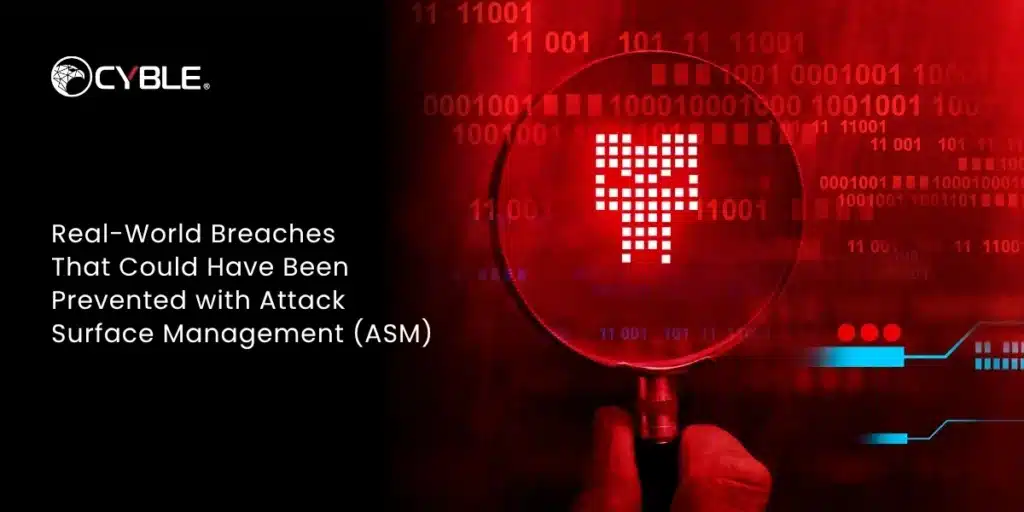
Have you ever clicked on a link to an email or text message and, instead of going to the home screen, you were on a specific product page within an application? That’s deep linking at work. It is among such kinds of technologies that simplify our digital life without us being aware. Further, we’ve simplified what deep links are, how they work, what are various types of deep links a marketer should be aware of, and real world applications of deep linking framework.
What is Deep Linking
Deep linking is a technique of directing the user to a specific piece of content within a mobile application rather than just opening the home screen of the application. It saves on unnecessary steps like a shortcut does. As opposed to opening an app and navigating through various screens to reach the point you need to, a deep link has the potential to bring you to where you want to be. This functionality is integrated in various mobile marketing platforms as well.
It is now essential in the age of a mobile-first world. It also makes sure that at the point one shares a product, an article, or any particular content on an app, upon clicking on it, it provides a smooth transition. It uses a natural and intuitively structured integration of the web and mobile apps.
How Deep Linking Actually Works
It is actually very easy to understand the framework of the deep link process. When you make a deep link, you are essentially making a URL that gives out particular instructions to the app. These guidelines give the app information regarding what screen to open and what content to show.
On clicking this URL, the device checks whether the app is installed or not. Provided this is so, the operating system opens the programme and goes to the respective content. All this happens in a few seconds, and the process is very smooth as there is a smooth transition between the activity of clicking a link and viewing the content.
The Role of URL Schemes
Deep linking of URLs is executed through custom URL schemes that the operating system registers with the app. Such schemes are comparable to the “https://” which is meant to tell your browser that you are supposed to open a webpage. People can be directed to a product page by using an app with shopapp:/product/12345.
Universal and App Links
Deep linking has been second generation and cross-platform links on iOS and Android links on apps. These make use of common HTTPS links that can be clicked as web links and app links in order to provide a channel-neutral experience.
Types of Deep Linking
Standard Deep Links
The simplest form of deep links is the one that is available when the app is already installed on the devices of users. They are superior in terms of email campaigns, push notifications, or postings to social media on the part of the existing users. The connection will direct the user to the content of the app, and time will be saved, which will reduce friction
Deferred Deep Linking
The most widespread issue solvable through deferred deep linking is the one whereby users click on a deep link, but do not have the app installed. This technology is aware of the destination of the user, and it opens the app store. Once the user has installed the app and opens it, it will guide the user to the initial content that the user was seeking.
Dynamic Deep Linking
Dynamic deep linking further extends the process and can transmit more parameters and information to the installation process. Such links are able to catalogue campaign origin, send product endorsement code, or user preferred settings. This type of deep link has the simplest process of attribution, and marketers can know which campaigns become the most valuable to users.
Real-World Applications
Deep linking is transforming how businesses engage mobile consumers. It offers products directly on an e-commerce application and minimises the purchase-discovery process. It enables media apps to transmit the exact story to the readers as opposed to scrolling through the feed until readers get the story they are interested in.
Social media is one of the areas where this technology is commonly used. In posting an Instagram or a Twitter post/profile, deep linking ensures that you post what you wanted to post to your friends. It is being utilized by food delivery apps in introducing some restaurants or food items, whereas travel apps can give direct access to flights or rooms in hotels.
Deep linking has enabled marketing campaigns to be successful. The newsletter emails are able to connect to certain products within the apps or certain articles. SMSs are better in terms of engagement since they do not redirect the users to a generic landing page; they get to the point where they need to.
Conclusion
The majority of the latest mobile marketing platforms are already equipped with the deep link framework. It could be iOS or Android, or cross-platform tools are available to you to create your successful strategies for linking.
The trick is that you should plan your linking structure. Consider what the users would like to share, how you will use links to promote your campaigns, and what information you require monitoring. An effectively considered deep linking strategy is a payback in user satisfaction and business indicators.
FAQs
- What’s the difference between deep linking and regular links?
Regular links open apps to the homescreen, while deep links take users directly to specific content within the app, skipping unnecessary navigation steps.
- Do deep links work on both iOS and Android?
Yes, deep links work on both platforms. iOS uses universal links and Android uses app links, but the concept remains the same across devices.
- Can deep links track user behavior?
Absolutely. Deep links can track where users came from, what campaigns drove installs, and how users interact with specific content after clicking the link.

Best Tips and Tricks for Bitcoin Investments

Top Benefits of Hiring Professional Pet Sitting Services for Your Pets

Expert Insights on Improving Productivity and Efficiency

Accelerating drug discovery through the DEL-ML-CS approach

AI in Marketing Is No Longer a Buzzword — It’s the Strategy

Is Rare Carat the Best Place to Explore 3-Carat Diamond Options?

What Is Deep Linking and How Does It Work?

How to Build, Customize, and Tune Your Own 50cc Mini Chopper for a Unique Look and Better Performance








